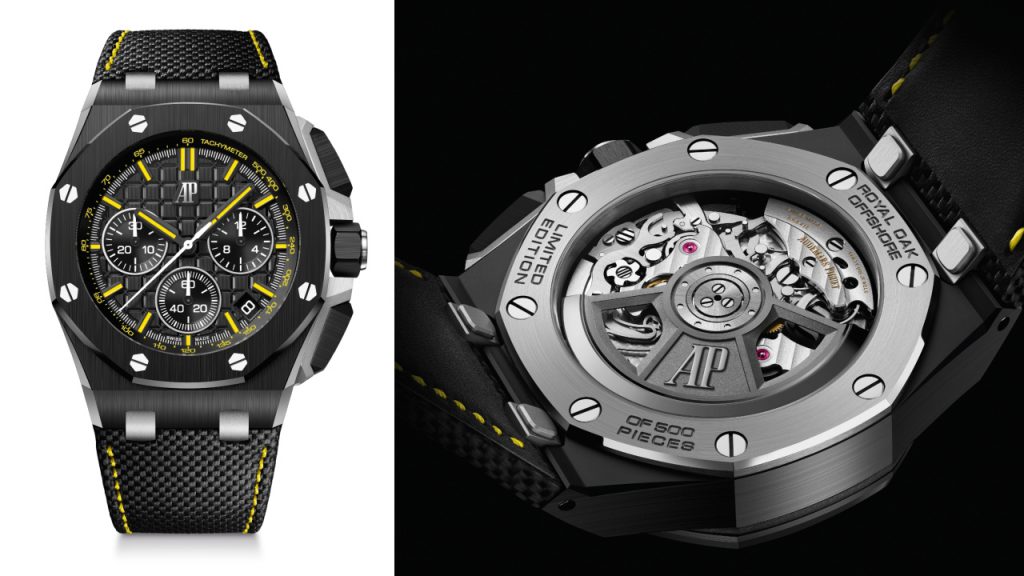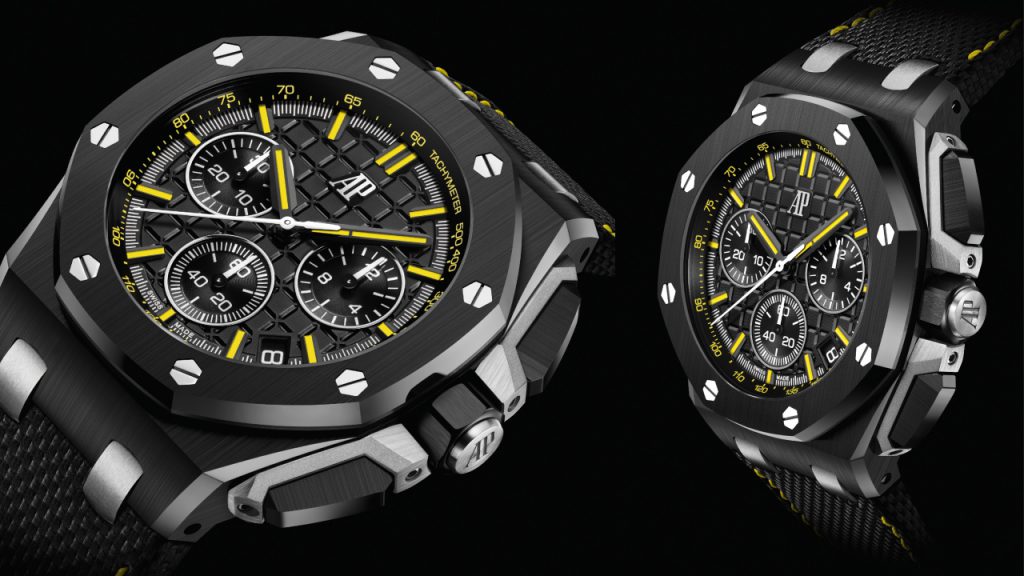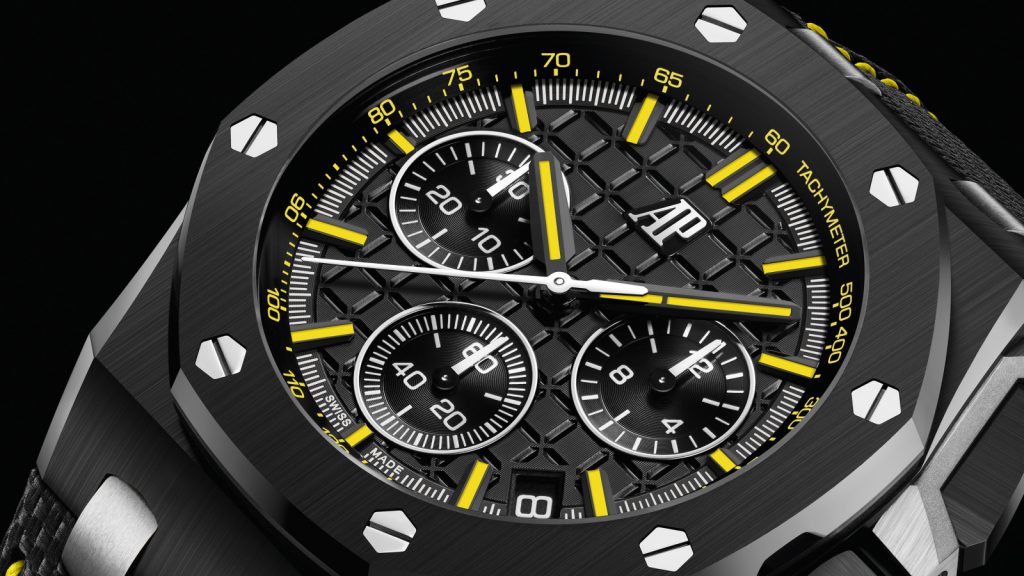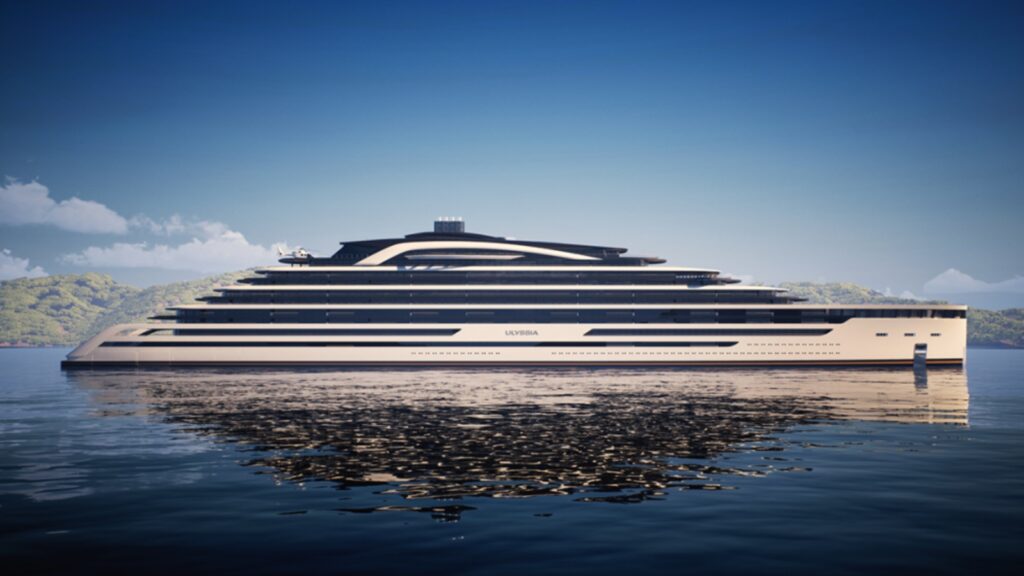When it comes to large, statement-piece watches, the Audemars Piguet Royal Oak Offshore has carved out a comfortable niche for itself. But it took some time to get there. It was originally released 30 years ago, in 1993, and the reaction was—well, according to the manufacture’s Heritage and Museum Director Sebastian Vivas, oral testimonies involve words such as “shocking”, “outrageous” and “so unexpected from a brand like Audemars Piguet”. “Audemars Piguet is a traditional brand, and based in an isolated valley producing complications since forever, very much attached to the rules,” Vivas explains of the manufacture’s perception at the time.

It was not exactly uncharted territory for Audemars Piguet, who had already turned the horological world on its head in 1972 with the Royal Oak. But the Royal Oak Offshore, presented at Basel in 1993, was a step too far. A 42mm chronograph more than 14mm thick, it was almost four times the volume of the standard men’s watch of the time, the 36mm Royal Oak. Retailers and buyers balked not only at the Offshore’s brash styling, but also at its price—at CHF16,600, it was double the price of the Royal Oak. The proof is in the numbers, Vivas says. Sales records show a mere 61 units sold that first year, and 716 total over its first three. By comparison, the Royal Oak sold more than 500 pieces in its first year.
As it turns out, the Royal Oak Offshore was merely ahead of its time. By the late 1990s, the fascination of large watches had begun to take hold. By 2001, the figures show more than 1,000 annual sales, and by 2010, production of the Royal Oak Offshore was double that of the Royal Oak. “It had a massive impact because it opened the world of high-end watches to a young generation who did not want the same watch as their fathers, and who wanted to go further in sporting attitude, further than the Royal Oak and of other brands sports watches,” Vivas explains. “And it is an expression of success. It’s as large as a pocket watch, but it’s on the wrist. It’s made to be visible, to be expressive.”

Part of the Royal Oak Offshore’s success was due to its positive reception amongst celebrities, Jay-Z, Michael Schumacher, and Shaquille O’Neal among them. One early forerunner was Arnold Schwarzenegger, who visited the manufacture in 1997. He ended up co-conceiving a black ceramic, Kevlar-strapped Offshore with a young salesman—a certain Francois-Henry Bennahmias—which resulted in reference 25770SN. Schwarzenegger would wear this watch in his 1999 film End of Days.
This particular watch is the inspiration behind the new Royal Oak Offshore release that commemorates its 30th anniversary. Like the original, it is a three-register chronograph in black ceramic and bold yellow lume that provides a striking contrast. The 43mm timepiece is very much a modern Royal Oak Offshore, however, in styling (for example, the dial is textured in the modern, bold ‘mega tapisserie’ pattern) and features such as the quick-change textile-patterned black calfskin strap with contrast stitching (an additional yellow strap is supplied for those in a more colourful mood). It holds Calibre 4401, the manufacture’s latest-generation self-winding integrated chronograph movement with flyback function. The Royal Oak Offshore ‘End of Days’ is limited to 500 pieces.









